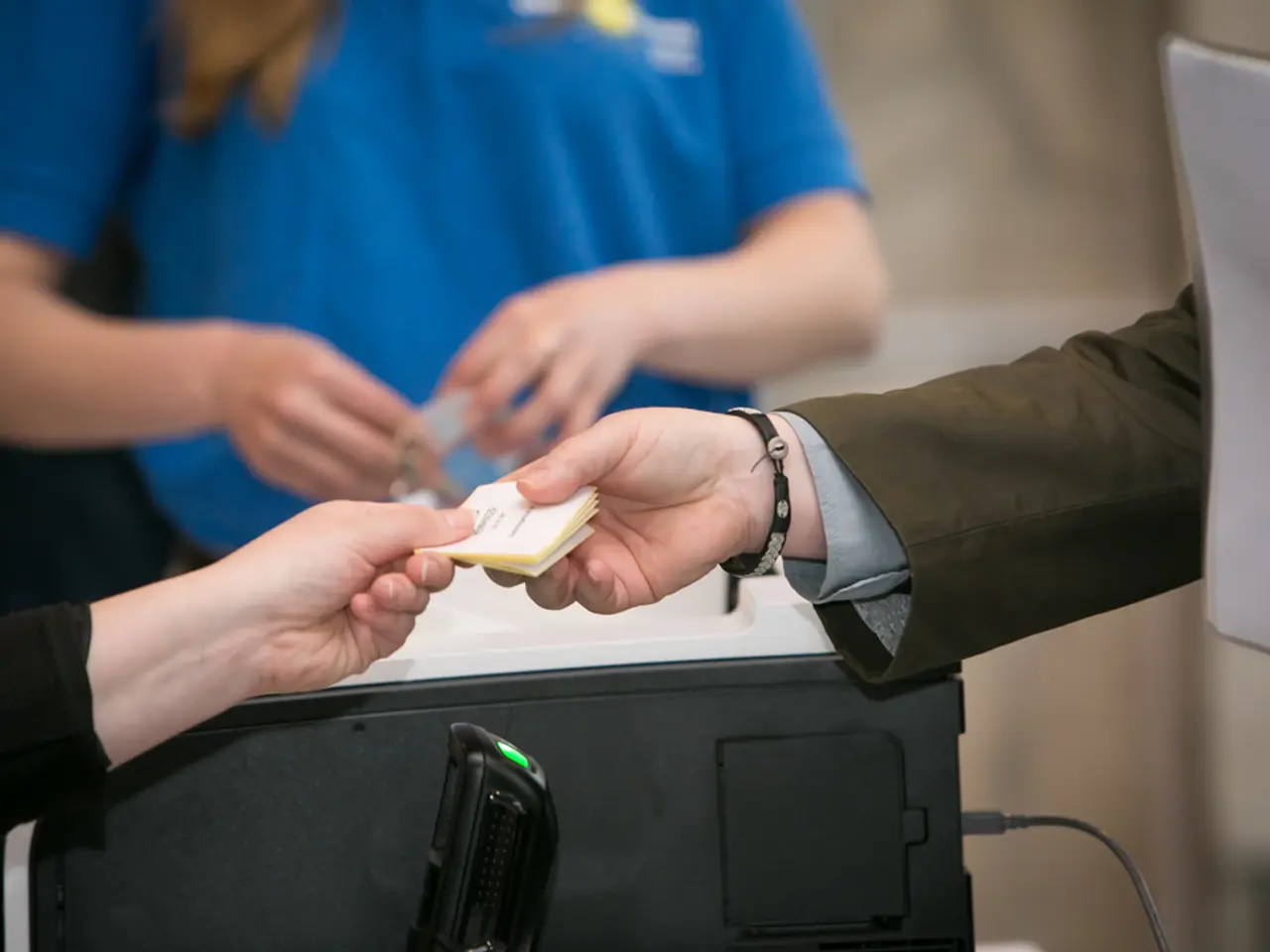Understanding Ghosting in Online Poker and Strategies to Prevent It
In the world of online poker, the practice of ghosting – where stronger players take control of weaker players' accounts to gain an unfair advantage – has long been a concern for players and operators alike. To tackle this issue, top online poker platforms have taken a stand against ghosting, considering it a form of cheating.
As a response, some innovative security measures are being implemented to combat ghosting. One such method is the use of behavioral biometrics. This technology analyses patterns such as mouse movement, timing, and decision-making behaviour to verify that the player is the rightful one and not a ghost or a bot. This real-time authentication layer goes beyond traditional passwords or two-factor authentication systems, aiming specifically to detect and prevent ghosting activities on poker platforms [4].
Traditional player protection in online gambling relies on licensing, encryption, and fair-play audits. However, behavioral biometrics represents a new frontier for integrity in poker games, allowing platforms to maintain fair competition and protect weaker players from ghosting exploitation [2][4].
In addition to behavioral biometrics, some sites like GGPoker employ Smart HUD tools and PokerCraft analysis to monitor opponents' play styles and game histories, which can help identify unusual play patterns possibly linked to ghosting or bot use, indirectly supporting detection efforts [1].
The key measures used to combat online poker ghosting currently focus on these three areas: behavioral biometrics technology for player authentication and real-time detection of ghosting [4]; enhanced in-game analytics and HUD tracking to spot suspicious gameplay patterns [1]; and traditional security protocols, licensing, and fair-play audits that provide a baseline integrity safeguard [2].
These combined efforts aim to safeguard the fairness and integrity of online poker environments. It is crucial for players to be vigilant and report any suspected ghosting behaviour to the online poker operator to protect themselves and the integrity of the game.
Professional-level poker players have been known to put together "stables" of mediocre players that they stake, and the practice is also known as multi-accounting. Online casinos find it difficult to detect ghosting due to the unique styles of play of each player and the interchangeability of these styles. However, players can help by reporting unusual occurrences, such as encountering a player with a drastically different style in multiple tournaments, seeing a player of much higher skill than anyone else on their table, or noticing the same player winning multiple tournaments over a short time [3].
Online casinos have the right to ban players if they suspect ghosting, and multiple instances of ghosting may lead to sharing of information with other online poker providers, making it harder for the player to have accounts with any provider. Engaging in ghosting could lead to a ban from the poker room, and it is considered unethical as it hinders the learning and growth of fellow players [3].
Ghosting in online poker is a form of cheating that harms both the poker room and the players, with so-called "grindhouses" making millions by cheating. AI is also being used by poker sites to search for anomalies in player style to find cheaters. World-class players such as Bryn Kenney, Ali Imsirovic, and Jake Schindler have been accused of ghosting, highlighting the need for continued vigilance and the implementation of advanced security measures [5].
In conclusion, the fight against ghosting in online poker is an ongoing one, with behavioral biometrics, enhanced analytics, and traditional security measures playing crucial roles. Players are encouraged to report any suspicious activities and contribute to maintaining a fair and enjoyable online poker environment for all.
While behavioral biometrics and enhanced analytics help combat ghosting in online poker, some sites like GGPoker also utilize Smart HUD tools and PokerCraft analysis to identify unusual play patterns that may indicate ghosting or bot use [1]. In the case of multiple instances of ghosting, online casinos can ban players and may share this information with other poker providers [3]. It's essential for players to report any suspected ghosting activities and contribute to maintaining a fair and enjoyable online poker environment.




